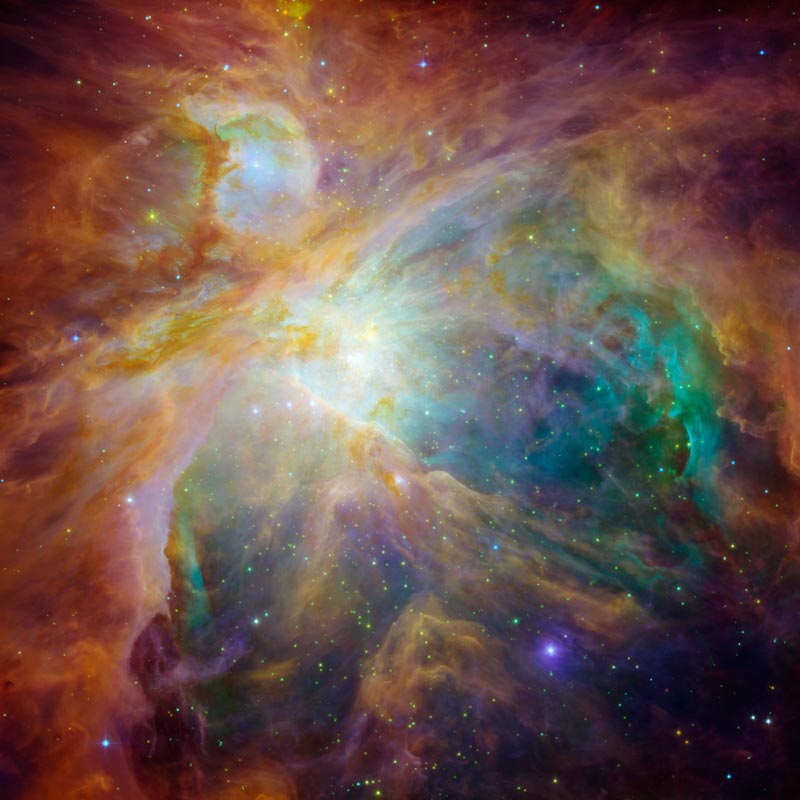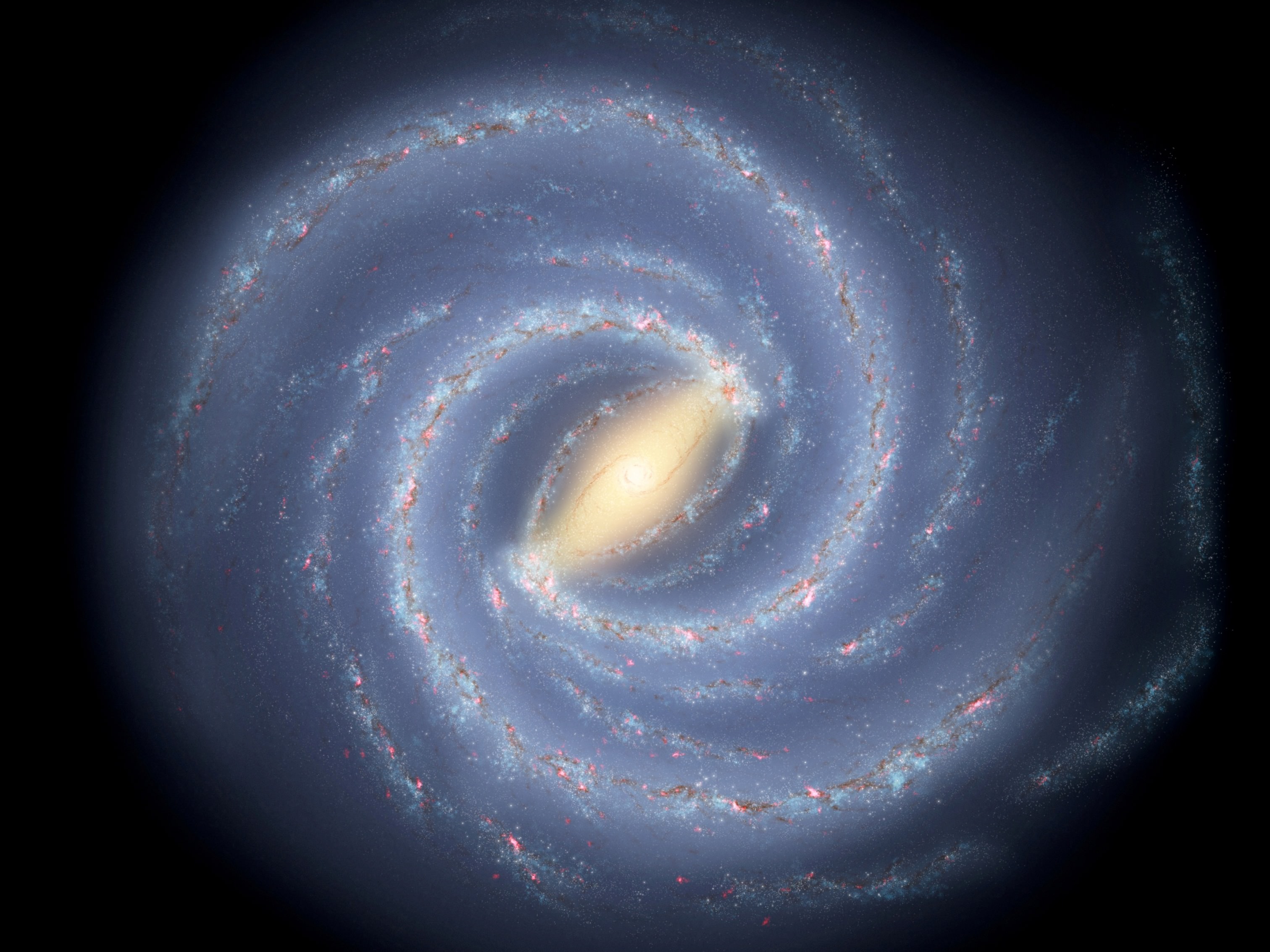[/caption]
The math is simple: Star + Other star = Bigger star.
While conceptually this works well, it fails to take into account the extremely vast distances between stars. Even in clusters, where the density of stars is significantly higher than in the main disk, the number of stars per unit volume is so low that collisions are scarcely considered by astronomers. Of course, at some point the stellar density must reach a point at which the chance for a collision does become statistically significant. Where is that tipping point and are there any locations that might actually make the cut?
Early in the development of stellar formation models, the necessity of stellar collisions to produce massive stars was not well constrained. Early models of formation via accretion hinted that accretion may be insufficient, but as models became more complex and moved into three dimensional simulations, it became apparent that collisions simply weren’t needed to populate the upper mass regime. The notion fell out of favor.
However, there have been two recent papers that have explored the possibility that, while still certainly rare, there may be some environments in which collisions are likely to occur. The primary mechanism that assists in this is the notion that, as clusters sweep through the interstellar medium, they will inevitably pick up gas and dust, slowly increase in mass. This increase mass will cause the cluster to shrink, increasing the stellar density. The studies suggest that in order for the probability of collision to be statistically significant, a cluster would be required to reach a density of roughly 100 million stars per cubic parsec. (Keep in mind, a parsec is 3.26 light years and is roughly the distance between the sun, and our nearest neighboring star.)
Presently, such a high concentration has never been observed. While some of this is certainly due to the rarity of such densities, observational constraints likely play a crucial role in making such systems difficult to detect. If such high densities were to be achieved, it would require extraordinarily high spatial resolution to distinguish such systems. As such, numerical simulations of extremely dense systems will have to replace direct observations.
While the density necessary is straightforward, the more difficult topic is what sorts of clusters might be capable of meeting such criteria. To investigate this, the teams writing the recent papers conducted Monte Carlo simulations in which they could vary the numbers of stars. This type of simulation is essentially a model of a system that is allowed to play forward repeatedly with slightly different starting configurations (such as the initial positions of the stars) and by averaging the results of numerous simulations, an approximate understanding of the behavior of the system is reached. An initial investigation suggested that such densities could be reached in clusters with as little as a few thousand stars provided gas accumulation were sufficiently rapid (clusters tend to disperse slowly under tidal stripping which can counteract this effect on longer timescales). However, the model they used contained numerous simplifications since the investigation into the feasibility of such interactions was merely preliminary.
The more recent study, uploaded to arXiv yesterday, includes more realistic parameters and finds that the overall number of stars in the clusters would need to be closer to 30,000 before collisions became likely. This team also suggested that there were more conditions that would need to be satisfied including rates of gas expulsion (since not all gas would remain in the cluster as the first team had assumed for simplicity) and the degree of mass segregation (heavier stars sink to the center and lighter ones float to the outside and since heavier ones are larger, this actually decreases the number density while increasing the mass density). While many globular clusters can easily meet the requirement of number of stars, these other conditions would likely not be met. Furthermore, globular clusters spend little time in regions of the galaxy in which they would be likely to encounter sufficiently high densities of gas to allow for accumulation of sufficient mass on the necessary timescales.
But are there any clusters which might achieve sufficient density? The most dense galactic cluster known is the Arches cluster. Sadly, this cluster only reaches a modest ~535 stars per cubic parsec, still far too low to make a large number of collisions likely. However, one run of the simulation code with conditions similar to those in the Arches cluster did predict one collision in ~2 million years.
Overall, these studies seem to confirm that the role of collisions in forming massive stars is small. As pointed out previously, accretion methods seem to account for the broad range of stellar masses. Yet in many young clusters, still forming stars, rarely do astronomers find stars much in excess of ~50 solar masses. The second study this year suggests that this observation may yet leave room for collisions to play some unexpected role.
(NOTE: While it may be suggested that collisions could also be considered to take place as the orbit of binary stars decays due to tidal interactions, such processes are generally referred to as “mergers”. The term “collision” as used in the source materials and this article is used to denote the merging of two stars that are not gravitationally bound.)
Sources:
Stellar collisions in accreting protoclusters: a Monte Carlo dynamical study
Collisional formation of very massive stars in dense clusters



